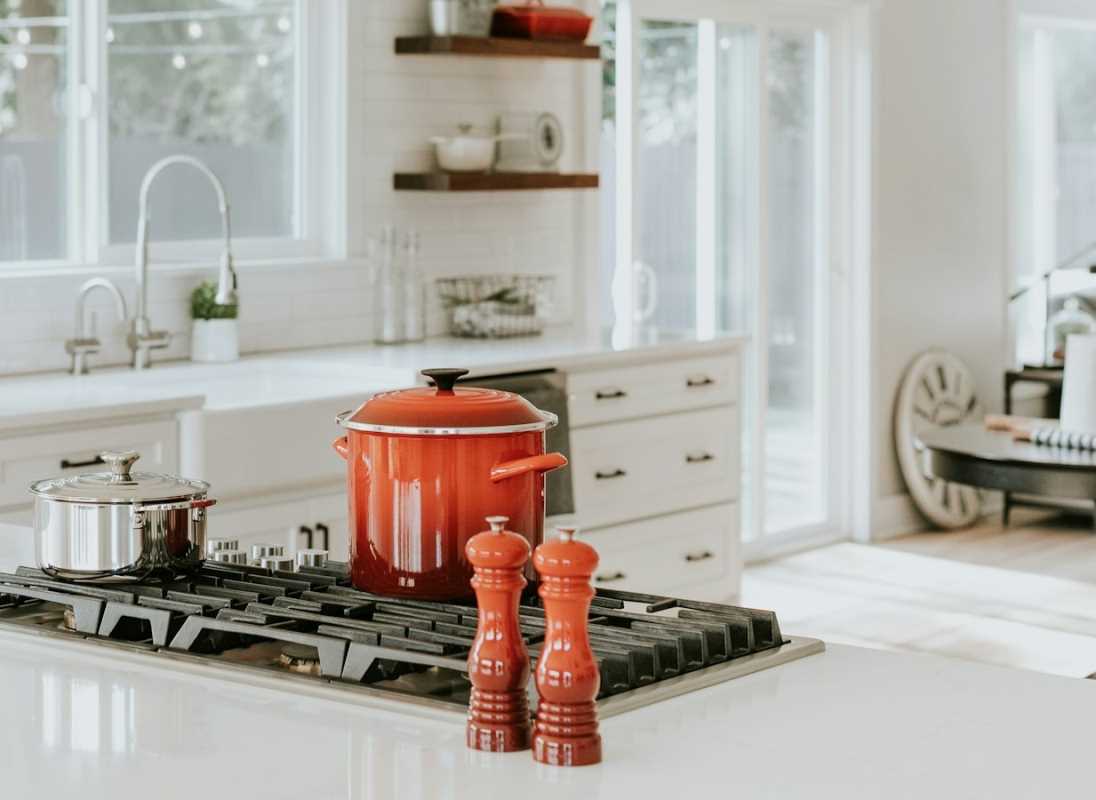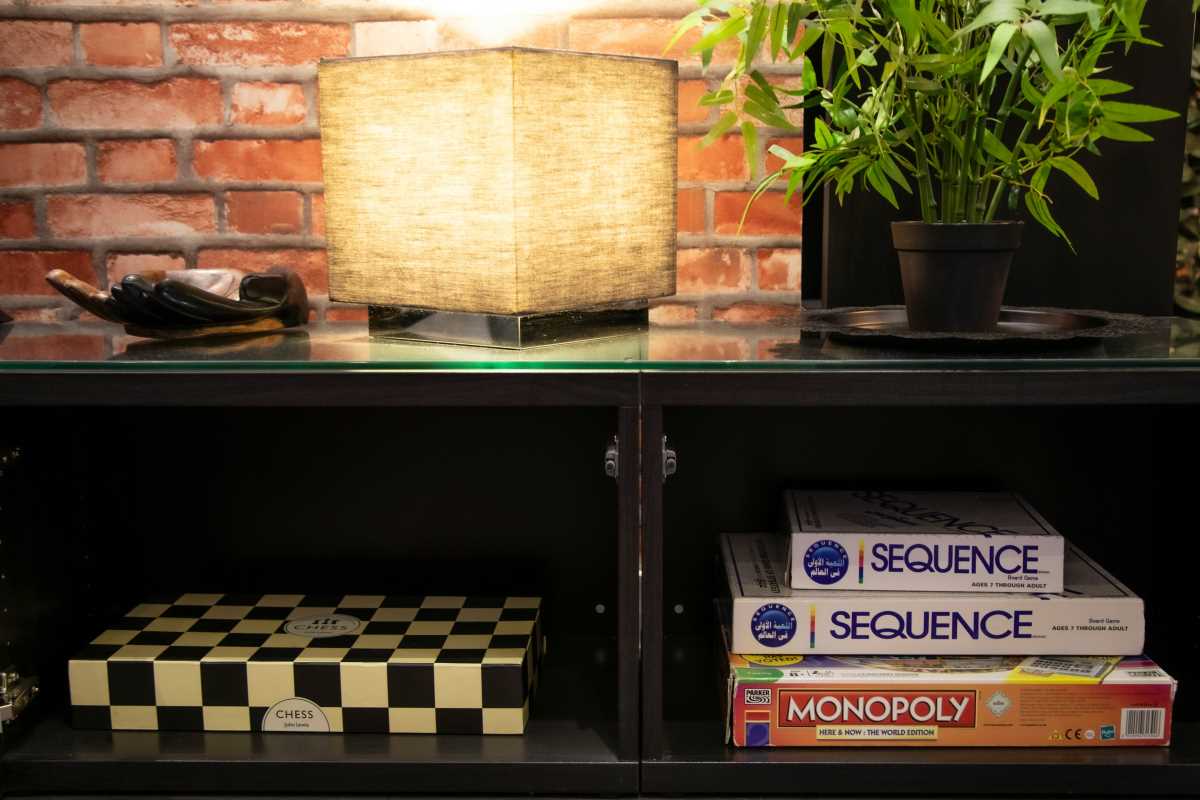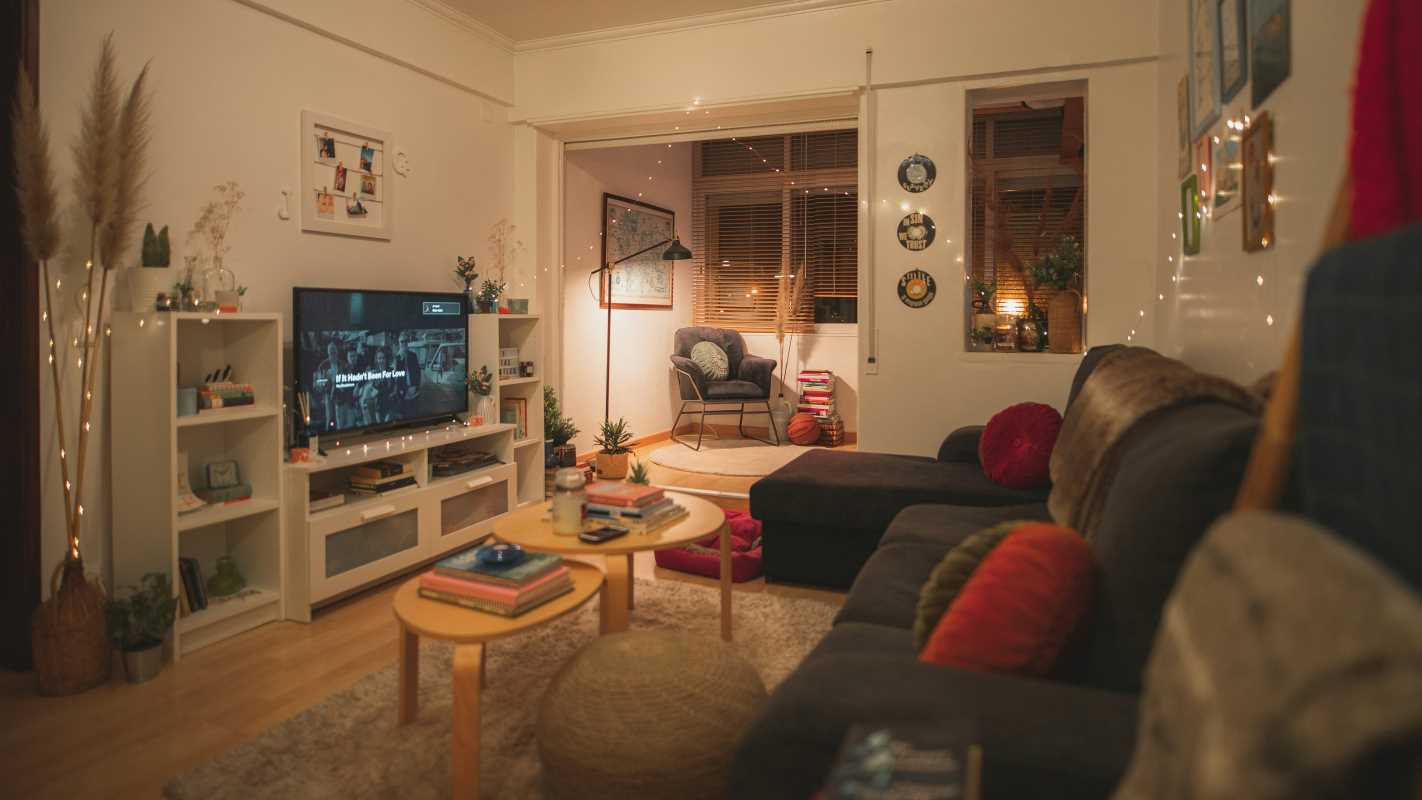Refurbishing your kitchen is one of the most exciting home improvement projects. It’s a chance to refresh one of the most-used spaces in your house to make it more functional, stylish, and tailored to your needs.
However, as rewarding as the process is, many homeowners find themselves blindsided by unexpected costs that crop up along the way. These hidden expenses can cause stress or even derail your budget if you're not prepared. Below, we’ll explore the most common areas where costs can spiral and offer practical tips to help you stay on track.
Structural Surprises Behind Walls and Floors
Once the demolition begins, it’s not uncommon to discover structural issues lurking behind what seemed like perfectly fine walls or under your flooring.
Rotten floorboards, sagging beams, or poorly constructed frameworks are problems people rarely anticipate. For example, water damage caused by leaky pipes or appliances may have weakened the subfloor without your knowledge.
Fixing structural problems can add thousands to your budget, depending on the severity. To minimize the shock, factor a buffer of 10-15% into your initial budget to handle such surprises. If you're working with a contractor, ask for a thorough pre-remodel inspection. While unexpected issues may still arise, this step can catch some problems early.
Plumbing and Electrical Upgrades
Outdated plumbing and electrical systems can quickly derail your budget. If your kitchen was built decades ago, it might not have been designed to handle modern appliances or meet current safety codes. Adding outlets, upgrading wiring, or re-routing plumbing to accommodate your new kitchen layout can quickly add up.
For instance, if you’re planning an island with a sink or a dishwasher, additional plumbing is required. Similarly, high-powered appliances, like double ovens or induction stovetops, may demand more robust electrical circuits. These upgrades might not make it into your initial quote but can be unavoidable.
The best way to plan for this is to check if your home’s systems can handle your remodel before design work begins. Bring in a professional to assess the condition of your wiring and pipes to avoid nasty surprises once the work is underway.
Material Delays and Premium Pricing
Another unexpected cost that many homeowners face is material delays or price surges. You might have your heart set on a specific countertop or custom cabinetry, only to find that it’s backordered for months.
To stick to your timeline, you could end up paying a premium for faster shipping or pivoting to a more expensive alternative that eats into your budget.
Additionally, material costs can fluctuate based on market conditions. For instance, timber, steel, or stone prices can rise unexpectedly—especially during times of high demand for renovations or supply chain disruptions.
To avoid getting caught out, always order key materials early in the planning process. Be flexible with your choices too—having a backup option for critical features, like tiles or countertops, can save both time and money.
Design Changes and Scope Creep
It’s easy to fall into the trap of adding extras to your design as your dream kitchen starts coming together. Those heated floors, extra shelving, or high-tech lighting features might seem small, but they all add up. This creeping expansion of the project’s scope is one of the top culprits behind unexpected costs.
Worse, design changes made mid-project can be even more costly. If you change the layout to move appliances or add features, contractors might need to go back to the drawing board, which leads to wasted time and extra labor costs.
To manage this, settle on a clear design from the outset and resist the urge to make changes once the work begins. It helps to work with a designer upfront to ensure your original plan takes all your needs into account, reducing the temptation to switch things up later.
Permit Fees and Inspections
Depending on the scale of your kitchen refurbishment, you may need building permits, especially for structural modifications or major electrical and plumbing updates. Homeowners often overlook permit fees during budget planning, assuming they’re minor. However, in some areas, these fees can range from a few hundred to several thousand dollars.
Additionally, ongoing inspections to ensure the work meets local codes can sometimes throw up problems that delay progress and require further spending to fix.
To avoid last-minute surprises, check with your contractor or local council to determine what permits are needed before construction begins. It’s also worth researching the likely costs of these permits in your area.
Hidden Delivery and Labor Costs
Labor costs are often underestimated in home renovations. While your contractor’s estimate might seem comprehensive, some things might not be included in that price, such as removal of old materials, overtime for unexpected delays, or specialized work like tile installation.
Similarly, delivery fees for heavy items like countertops or appliances can also sneak up on you, particularly if you’re buying from multiple sources. Consider that oversized or fragile items might require special handling, which bumps up the delivery cost.
To prevent this, request an itemized quote from your contractor and double-check what is included. For deliveries, shop locally when possible to cut down on transportation expenses.
Advice for Managing the Unexpected
Facing these unexpected costs doesn’t have to ruin your kitchen refurbishment. Here are a few practical tips to keep your project (and finances) under control:
- Create a Contingency Fund: Reserve an extra 10-20% of your budget for surprises. Having this cushion in place can make a huge difference when unexpected expenses arise.
- Set Priorities: Decide in advance which elements of your kitchen are non-negotiable and where you’re willing to compromise. This helps prevent splurging on features you don’t need when the budget gets tight.
- Work with Trusted Professionals: Research contractors and tradespeople carefully before hiring. Experienced professionals can help identify potential issues early, minimizing costly mistakes or oversights.
- Communicate Often: Stay in constant communication with your contractor or project manager. Addressing issues as soon as they arise reduces the risk of extended delays or escalating costs.
- Research Thoroughly: Understand the scope of your renovation and identify likely hidden costs. Knowledge is power, and the more you know going in, the better you can plan.
By keeping these tips in mind, you can tackle your kitchen refurbishment with confidence, knowing you’re prepared for most of the surprises that might come your way. A beautifully refurbished kitchen is well worth the effort, and with a little foresight, you can minimize financial stress along the way.
 (Image via
(Image via





